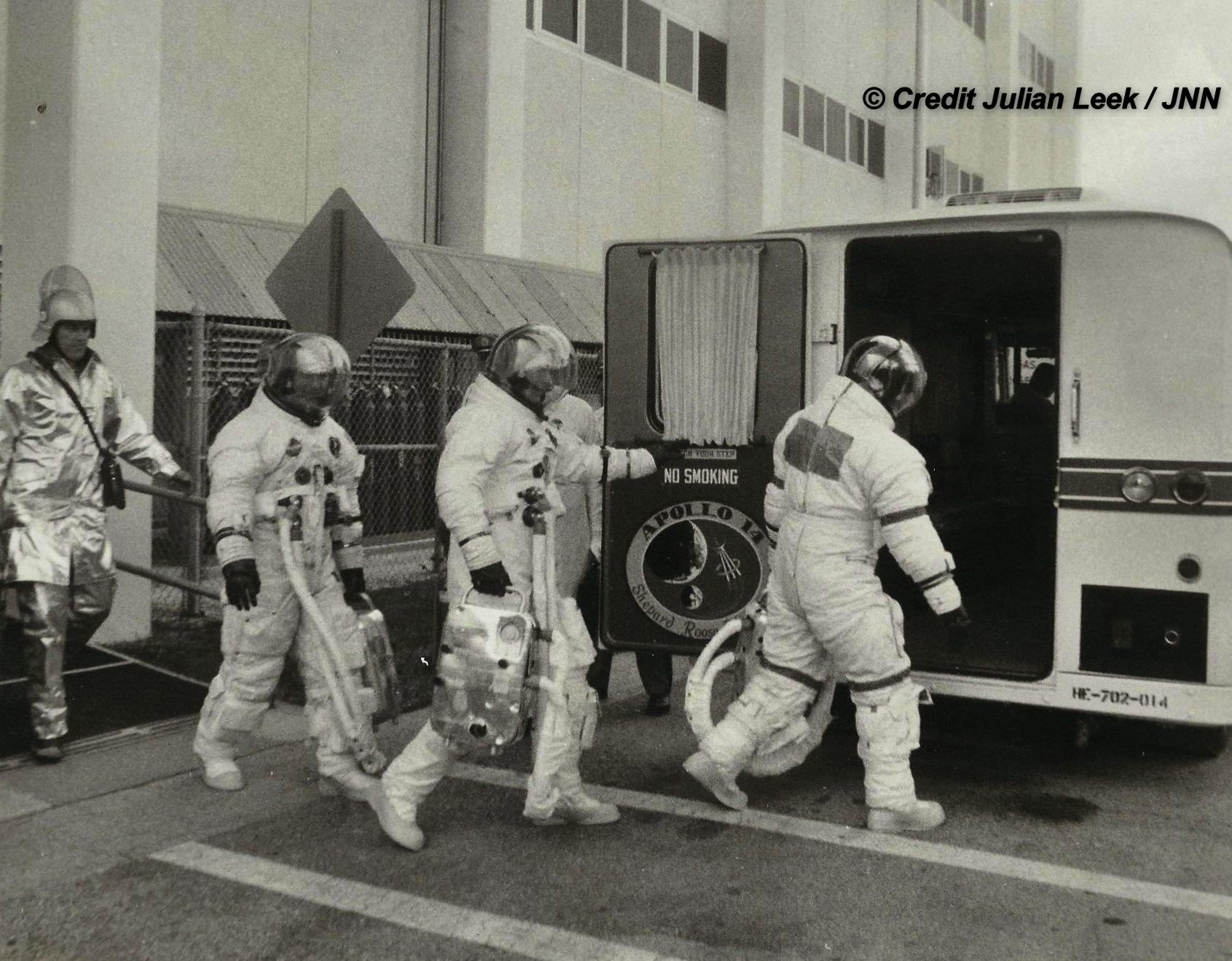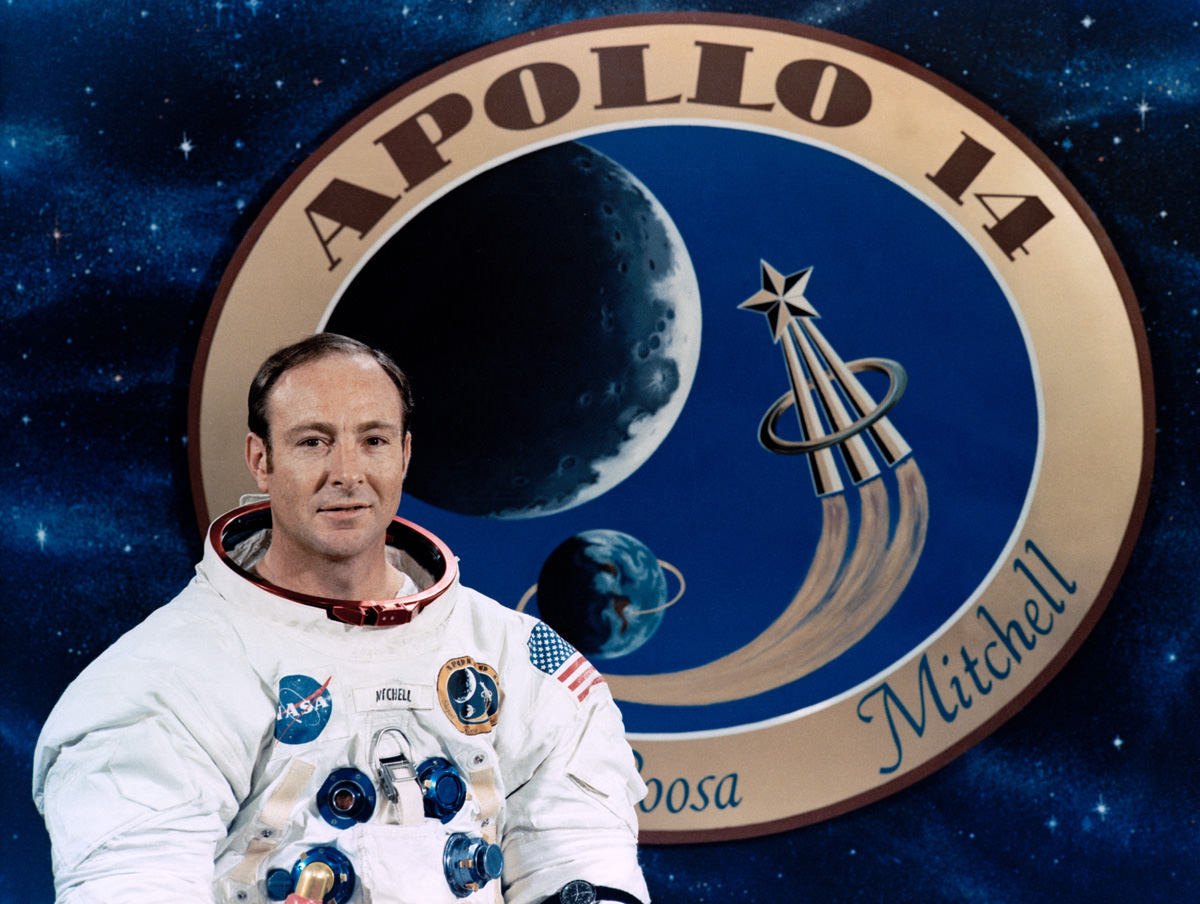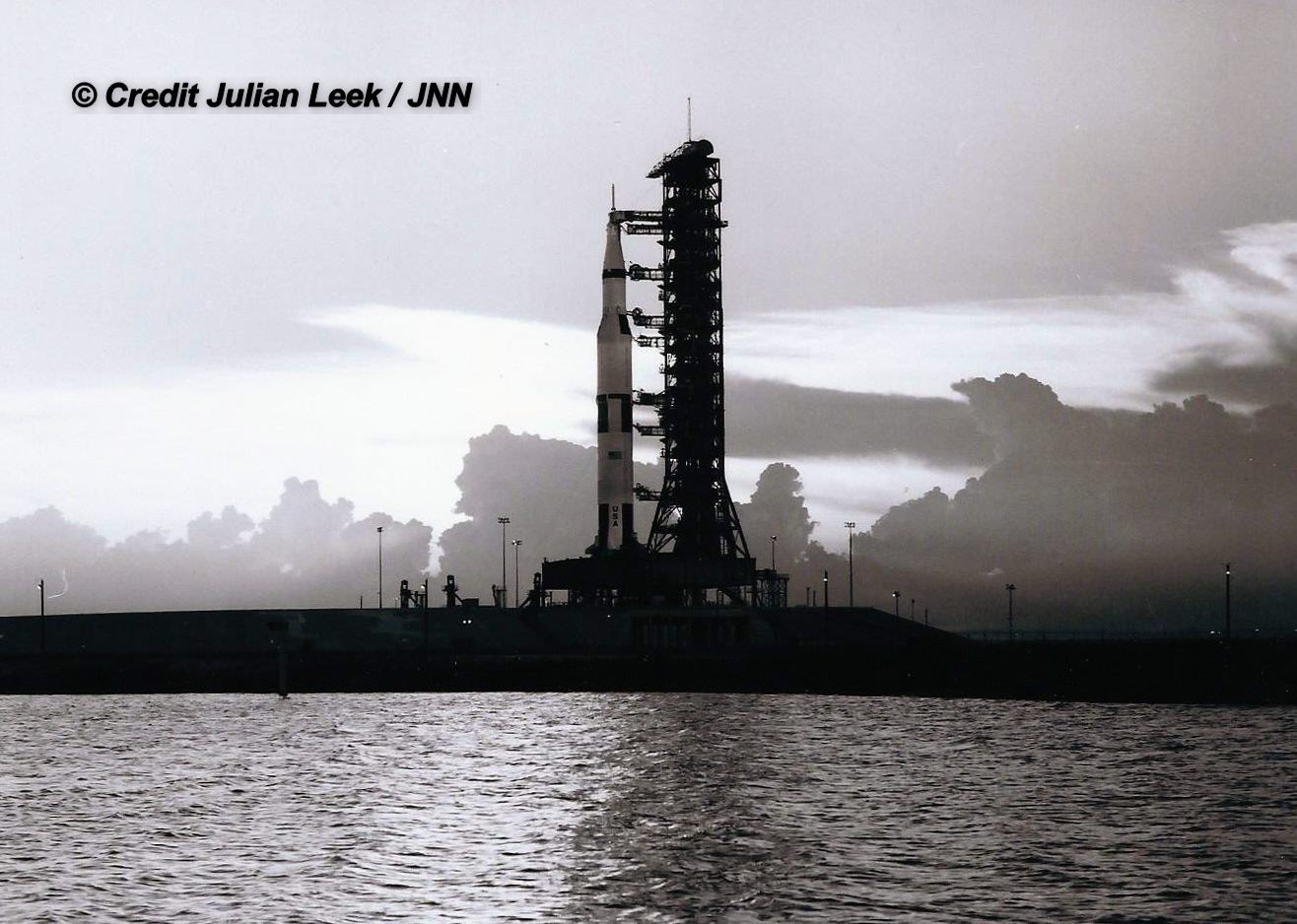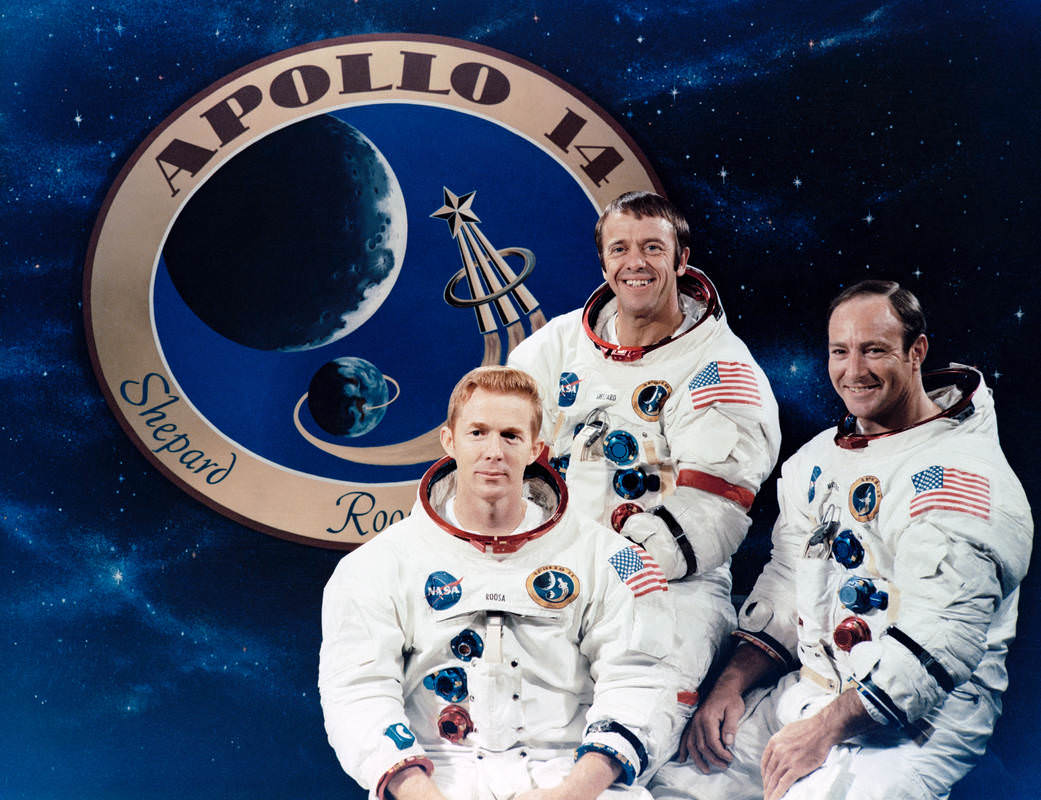
KENNEDY SPACE CENTER, FL – NASA astronaut Edgar Mitchell, the 6th man to walk on the Moon, passed away on Thursday, Feb. 4, on the eve of the 45th anniversary of his Apollo 14 mission lunar landing.
Mitchell passed away in West Palm Beach, Fla., just 1 day prior to the 45th anniversary of the Feb. 5, 1971 landing of Apollo 14’s Lunar Module “Antares.”
Mitchell was accompanied by Apollo 14 commander Alan Shephard, Jr., the first American in space, for the descent to the Moon’s surface inside “Antares.”
Meanwhile the third Apollo 14 crewmember command module pilot Stuart A. Roosa, flew solo in orbit around the moon while remaining inside the Command and Service Module “Kitty Hawk” during the lunar landing trek by his two crewmates.
Shephard and Mitchell safely touched down in the Fra Mauro highlands on Feb. 5, 1971 and spent a record 33 hours on the Moon.
“It’s the 45th Anniv of the #Apollo14 landing on the moon & yesterday we lost another Lunar Pioneer Edgar Mitchell,” tweeted Buzz Aldrin, the second man to walk on the Moon along with humanities first moon walker Neil Armstrong, during the Apollo 11 mission in 1969.

Apollo 14 marked NASA’s third successful lunar landing mission, following the ill fated Apollo 13 mission, which abandoned its originally planned third moon landing flight after a sudden in flight emergency and explosion in the service module on the way to the Moon.
Apollo 14 launched on Jan. 31, 1971 from launch pad 39A at the Kennedy Space Center on a 9 day mission to the Moon and back.
Altogether only 12 humans, all American’s, have walked on the Moon during a total of six NASA lunar landing missions in the 1960s and 1970s. No human has visited the Moon since the Apollo 17 lunar landing in 1972.
“On behalf of the entire NASA family, I would like to express my condolences to the family and friends of NASA astronaut Edgar Mitchell,” NASA Administrator Charles Bolden said in a statement.
“As a member of the Apollo 14 crew, Edgar is one of only 12 men to walk on the moon and he helped to change how we view our place in the universe.”

The lead photo was taken by long time space photographer Julian Leek, who was an eyewitness as the Apollo 14 crew departed the Operations and Checkout (O & C) Building at the Kennedy Space Center to board the astrovan transporting them to the launch pad 39. Leek’s historic photos are shared exclusively with Universe Today.
“Again we were off to the moon with Apollo 14 this was my 5th mission to take photographs on a freelance basis, Leek told Universe Today exclusively.
“The crowds at the O & C building for walk out for Apollo 14, had the same excitement as for Apollo 11 as NASA had just recovered from the near loss of Apollo 13.”
Another photo from Leek shows the Apollo 14 spacecraft and the Saturn V Moon rocket at the launch pad prior to lift off on Jan. 31, 1971.
“Every mission was different but on this mission had the first man in space as the commander Alan Shepard,” Leek told me.
“Those days we used film so it was always a race to see who could get it processed the fastest and out to the news services. I have covered Apollo , shuttle and unmanned launches from KSC and CCAFS since 1968.”

Shepard and Mitchell were assigned to traverse the lunar surface to deploy scientific instruments and perform a communications test on the surface, as well as photograph the lunar surface and any deep space phenomena, according to a NASA description.
“Mitchell and Shephard set mission records for the time of the longest distance traversed on the lunar surface; the largest payload returned from lunar surface; and the longest lunar stay time (33 hours). They were also the first to transmit color TV from the lunar surface.”
“Mitchell helped collect 94 pounds of lunar rock and soil samples that were distributed across 187 scientific teams in the United States and 14 other countries for analysis.”
The Apollo 14 mission ended with a splashdown on Feb. 9, 1971 at 3:04:39 p.m. (CST) in the South Pacific Ocean, approximately 765 nautical miles from American Samoa.
Mitchell applied to be an astronaut after President Kennedy issued his famous 1961 call to send astronauts to the moon “before this decade is out.”
“After Kennedy announced the moon program, that’s what I wanted, because it was the bear going over the mountain to see what he could see, and what could you learn, and I’ve been devoted to that, to exploration, education, and discovery since my earliest years, and that’s what kept me going,” Mitchell said in 1997 interview for NASA’s oral history program.
“To me, that (spaceflight) was the culmination of my being, and what can I learn from this? What is it we are learning? That’s important, because I think what we’re trying to do is discover ourselves and our place in the cosmos, and we don’t know. We’re still looking for that.”
In his book “The Way of the Explorer”, Mitchell wrote, “There was a sense that our presence as space travelers, and the existence of the universe itself, was not accidental but that there was an intelligent process at work.”
Mitchell retired from NASA in 1973 and resided in Palm Beach County, Florida, since 1975. He is survived by his four daughters, Karlyn Mitchell, Elizabeth Kendall, Kimberly Mitchell, Mary Beth Johnson; two sons, Paul Mitchell and Adam Mitchell; and nine grandchildren.

Stay tuned here for Ken’s continuing Earth and planetary science and human spaceflight news.
